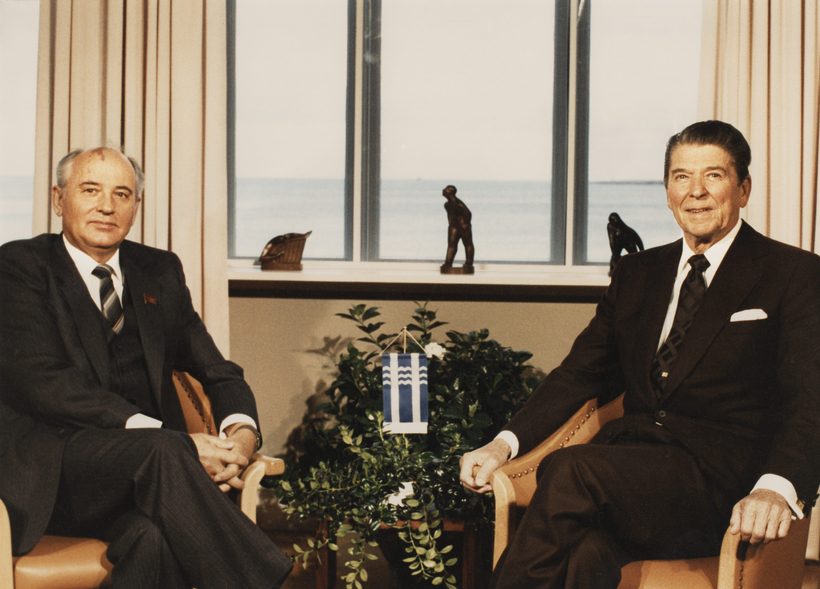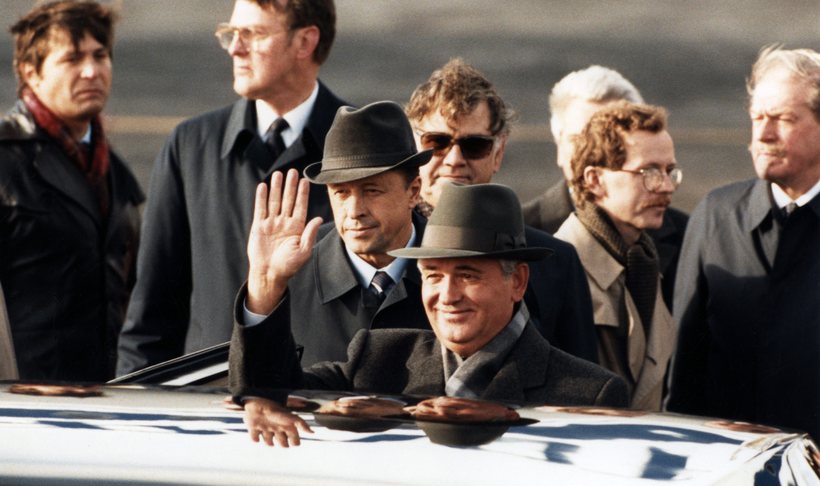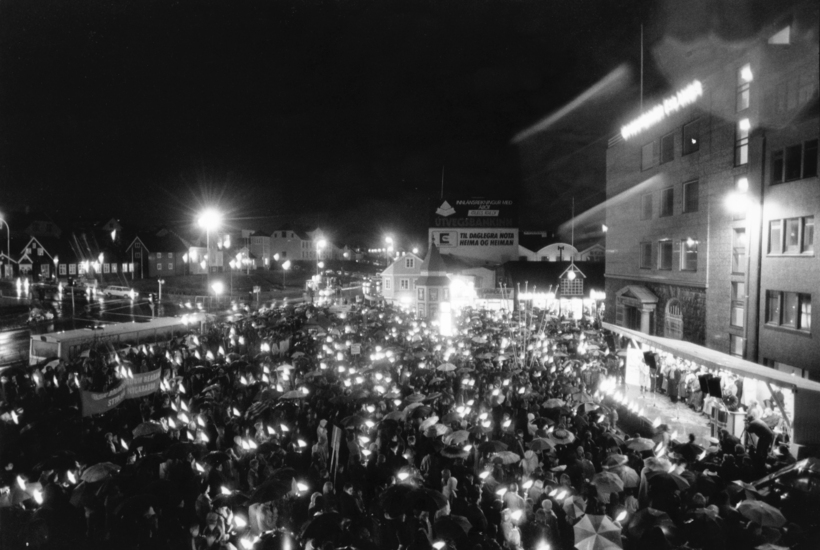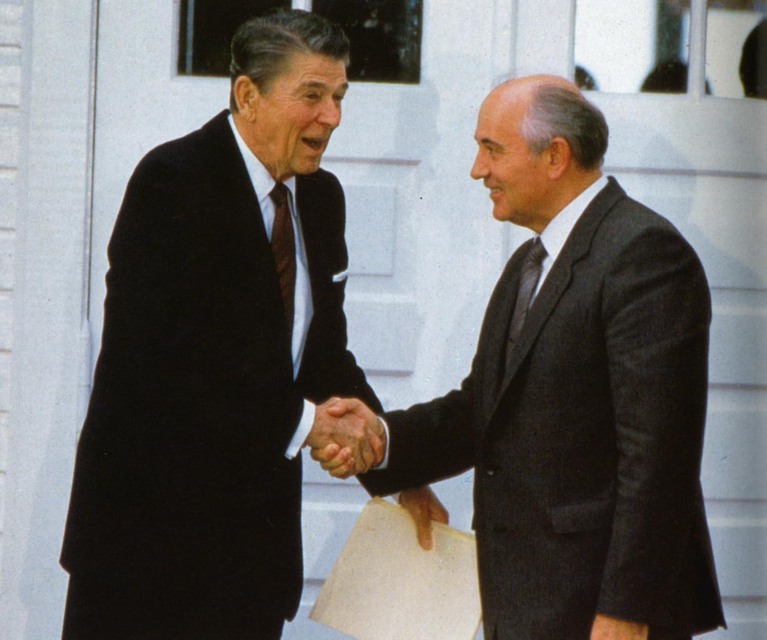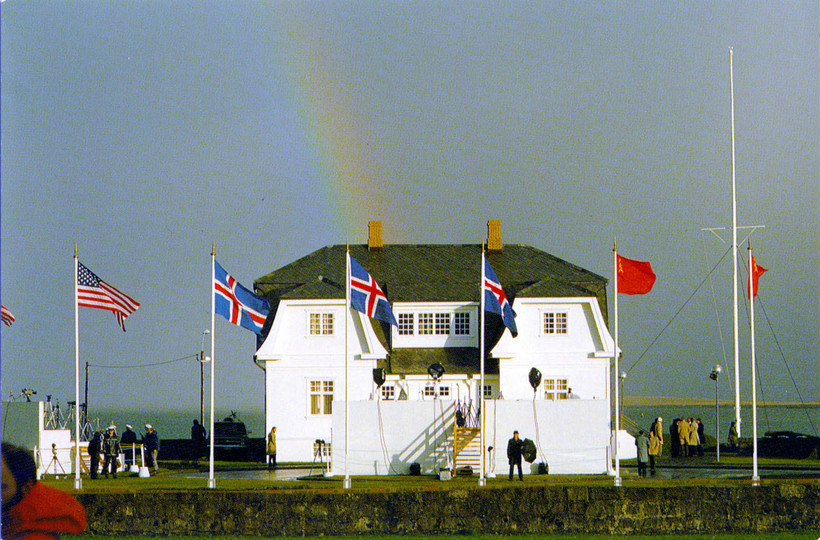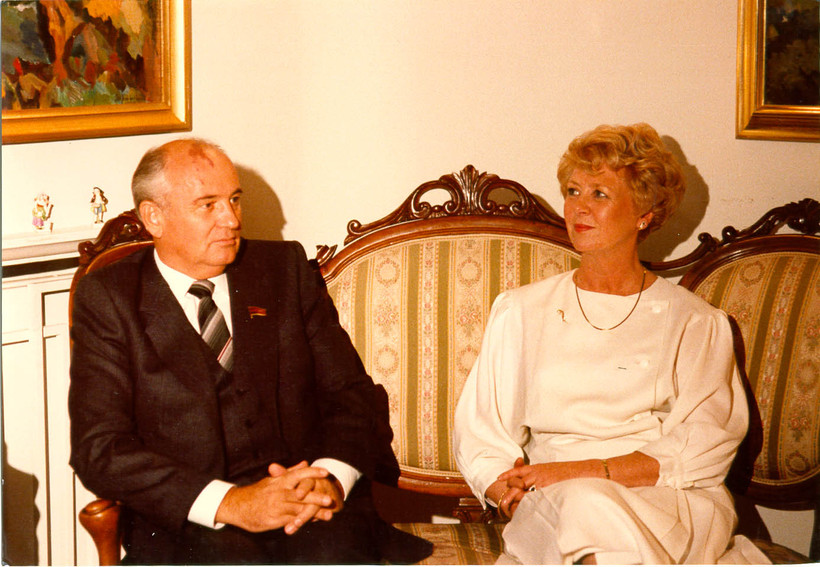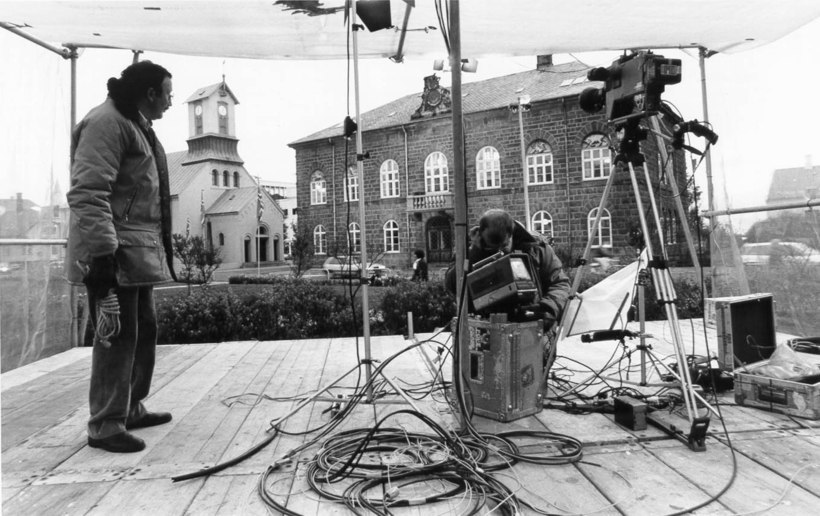The Iceland meeting that was the beginning of the end of the Cold War
Thirty years ago today saw the conclusion of one of the most important moments in the modern history of Iceland – with international ramifications.
The ‘Reykjavik Summit’ was a high-level meeting between then US President Ronald and General Secretary of the Communist Party of the USSR, Mikhail Gorbachev. It was held on 11-12 October 1986 and has since been hailed as an enormous breakthrough in efforts to end to the Cold War.
This was the two leaders’ second meeting, which very nearly concluded in a radical agreement to dismantle both countries’ nuclear weapons. Although talks broke down at the last minute, many historians now consider the Reykjavik Summit to be a turning point in the Cold War, which had pitted the two superpowers against each other for decades.
MORE: Peace Centre at University of Iceland opens
The major stumbling-block was the US’s planned space-based missile defence system known as the Strategic Defense Initiative (SDI).
President Reagan refused to compromise and confine SDI research and to the laboratory, as insisted upon by Gorbachev.
Despite the breakdown of official talks towards the end of the summit, both sides felt that considerable progress had been made, with both leaders gaining a clearer idea of how far the other was willing to concede and compromise.
The Reykjavik Summit is credited as the event where the two leaders built their relationship of trust. Photo: Iceland Monitor/RAX
The progress made at the Reykjavik Summit is credited with facilitation the Intermediate-Range Nuclear Forces Treaty signed at the Washington Summit in 1987.
MORE: Berlin Wall unveiled in Reykjavik
The Summit was held in a Reykjavik sea-front building known as Höfði.
The City of Reykjavik owns Höfði , which is currently used for official receptions and meetings. It is not open to the public, but can be explored from the outside.
The now iconic picture of President Reagan strolling with Icelandic President Vigdís Finnbogadóttir. Photo: Iceland Monitor/RAX Ragnar Axelsson
US Assistant Secretary of State for European and Canadian Affairs Rozanne Ridgeway answers journalists' questions. Photo: Morgunblaðið/Einar Falur

